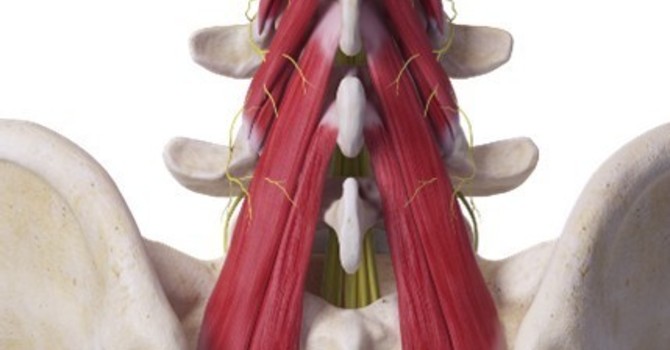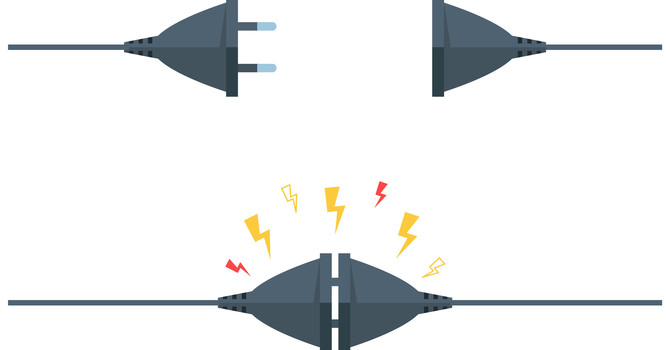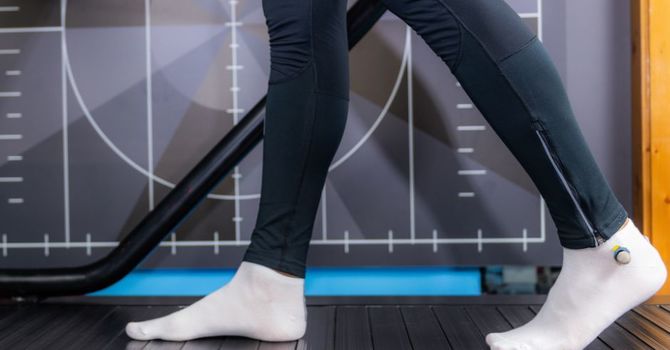We interrupt our series on Anti-Sitting Strategies to give you some advice for an acute attack of back or neck pain. Here’s a quick guide to some self help measures. Our Anti-Sitting Strategy exercises will resume next week.
- Keep moving. Too much rest will stiffen joints, weaken muscles, delay healing and disconnect some of the brain neuropathways to and from the muscles. Move your body in as many ways and directions you can think of.
- Limit sitting. Get up and move for a couple of minutes after every 20-30 minutes of sitting. Change your posture frequently.
- Don’t hold stretches. Your nervous system is tightening your muscles to protect you. Don’t rile them up and make them mad, they’ll tighten even more. Keep moving in all directions but don’t hold a stretch position for more than 5 seconds. You can repeat the 5 second hold up to ten times after a brief period ( 5 seconds ) of relaxation. Again, move in as many ways and positions you can think of. Be creative.
- Avoid prolonged massage over the area. A few minutes of gentle massage is helpful, but remember those muscles are tight to protect you, so don’t overdo it.
- No yoga, Pilates or gym classes for a few days. ( you can’t go right now anyway)
- Be mindful of medication use. Over the counter medications for inflammation may be helpful. They work best when taken on a regular schedule ( a few times a day – check product instructions ) but only for a couple of days. Using them for too long may delay healing.
- Use ice for the first 48 hours. If you used heat, don’t worry, it won’t necessarily make you any worse. Research is still unclear regarding which is better, ice or heat. Use what feels best to you. Whichever you use, the 15 minutes on, 15 minutes off and 15 minutes on rule works well. Then repeat in about 2 hours. And remember, never put an ice pack directly on the skin – it can burn – wrap ice in a moist towel before applying.
- Walk. Maintain social distancing. Walk for 10 minutes, three times daily.
- Rest. Periodically lie on your back with a small pillow under your knees and a small pillow under your head. Don’t rest your neck on a thick pillow.
- Sleep on your side with a pillow between your knees. Now you can use a thicker pillow for under your neck.
- Use topical ointments. Most of these ointments act as a counter-irritant. In other words, they stimulate the nerves to feel the hot/cool sensations and may block some of the pain signals.
- Abdominal breathing. If you have lower back pain, lie on your stomach and perform deep breaths into your belly. Feel your stomach push down into the floor and your lower back rise up slightly. Try not to raise your upper chest and shoulders with each breath. If it’s your neck that’s sore, lie on your back with a small pillow under your neck. Relax and breathe! Do this for at least 5 minutes every hour.
- Keep hydrated.
- Email Dr. Olson or Dr. Walker for advice if needed. Email addresses below.
“We should take comfort that while we may have more still to endure, better days will return. We will be with our friends again. We will be with our families again. We will meet again.”
Queen Elizabeth II

Dr. David Olson
Contact Me



